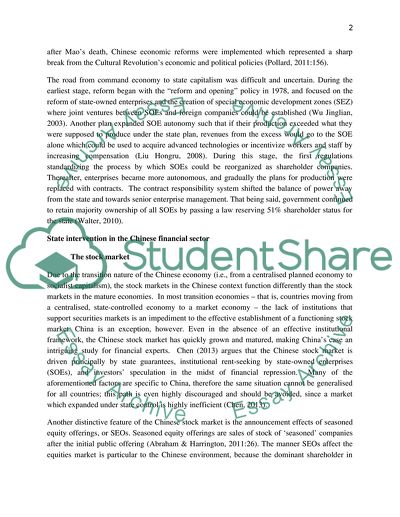Cite this document
(“Finance in China - the Contemporary Phenomenon of State Capitalism Coursework”, n.d.)
Finance in China - the Contemporary Phenomenon of State Capitalism Coursework. Retrieved from https://studentshare.org/macro-microeconomics/1810393-finance-in-china
Finance in China - the Contemporary Phenomenon of State Capitalism Coursework. Retrieved from https://studentshare.org/macro-microeconomics/1810393-finance-in-china
(Finance in China - the Contemporary Phenomenon of State Capitalism Coursework)
Finance in China - the Contemporary Phenomenon of State Capitalism Coursework. https://studentshare.org/macro-microeconomics/1810393-finance-in-china.
Finance in China - the Contemporary Phenomenon of State Capitalism Coursework. https://studentshare.org/macro-microeconomics/1810393-finance-in-china.
“Finance in China - the Contemporary Phenomenon of State Capitalism Coursework”, n.d. https://studentshare.org/macro-microeconomics/1810393-finance-in-china.


